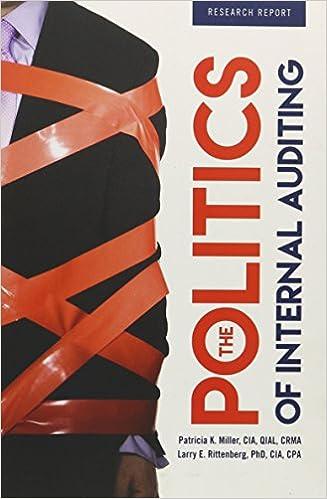Standard Price $4.00 per pound $22.00 per hour $6.00 per hour Actual price $3.80 per pound $21.60 per hour 3 Data Exhibit 10-1: Standard Cost Card Inputs Standard Quantity Direct materials 3.0 pounds Direct labor 0.50 hours Variable manufacturing overhead 0.50 hours Actual results: Actual output 2,000 units Actual variable manufacturing overhead cost $7,140 Actual Quantity Actual direct materials cost 6,500 pounds Actual direct labor cost 1,050 hours Enter a formula into each of the cells marked with a ? below Main Example: Chapter 10 Exhibit 10-4: Standard Cost Variance Analysis - Direct Materials Standard Quantity Allowed for the Actual Output, at Standard Price 2 pounds Actual Quantity of Input, at Standard Price ? pounds Actual Quantity of Input, at Actual Price ? pounds x Direct materials variances: Materials quantity variance ? Materials price variance ? Materials spending variance ? Exhibit 10-6: Standard Cost Variance Analysis - Direct Labor Standard Hours Allowed for the Actual Output, at Standard Rate ? hours Actual Hours of Input, at Standard Rate 2 hours x Actual Hours of Input, at Actual Rate ? hours x Direct labor variances: Labor efficiency variance ? 2 Labor rate variance ? Labor spending variance Exhibit 10-8: Standard Cost Variance Analysis-Variable Manufacturing Overhead 7 hours Standard Hours Allowed for the Actual Output, at Standard Rate 7 hours x Actual Hours of Input, at Standard Rate 7 hours Actual Hours of Input, at Actual Rate Variable overhead variances ? Variable overhead efficiency variance Variable overhead rate variance ? Vanable overhead spending variance $4.00 per pound - ? per pound ? per pound 2 2 2 ? per hour ? per hour ? per hour ? 2 ? ? per hour ? per hour ? per hour 2 2 2 ? Required information The Chapter 10 Form worksheet is to be used to create your own worksheet version of the main example in the text Download the Applying Excet form and enter formulas in all cells that contain question marks. For example, in cell 021 enter the formule - D6". Notes: in the text, variances are always displayed as positive numbers. To accomplish this, you can use the ABS function in Excel. For example, the formula in coll 825 would be ABSF 21-F221








